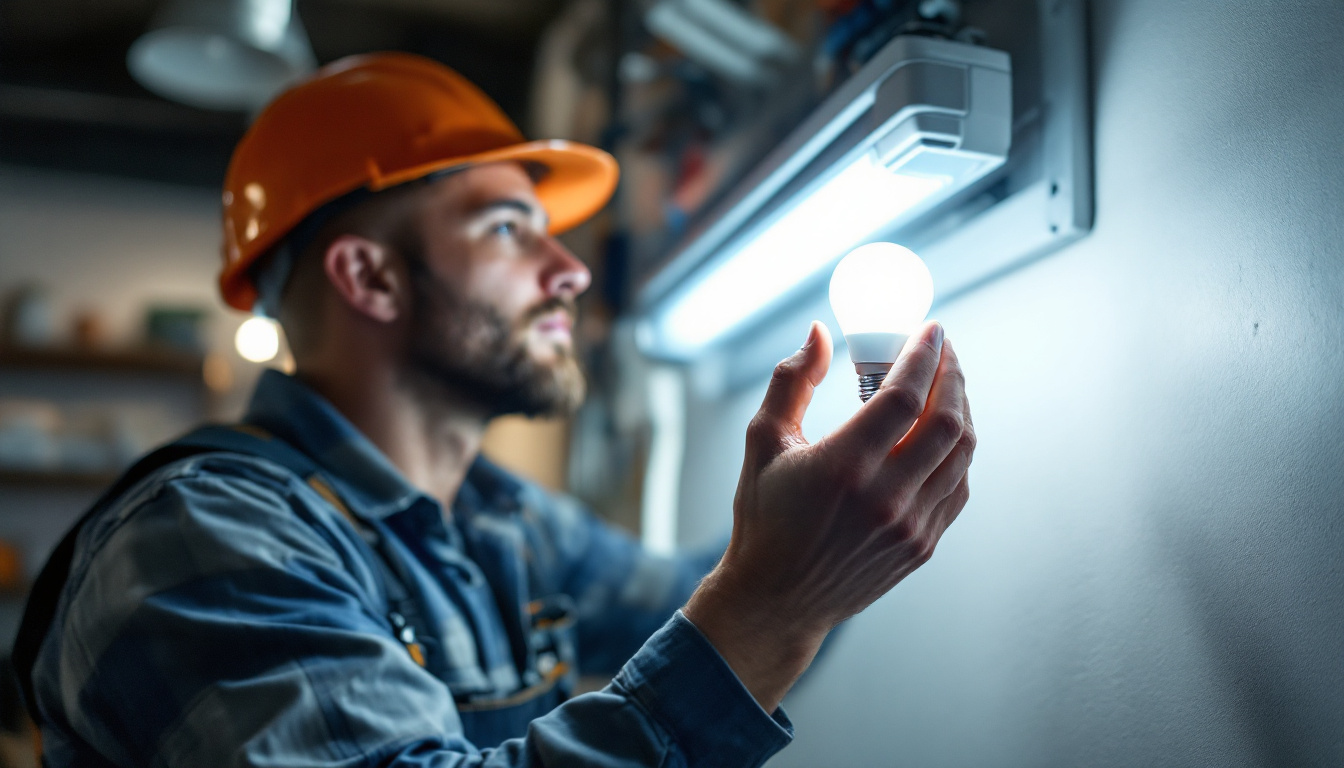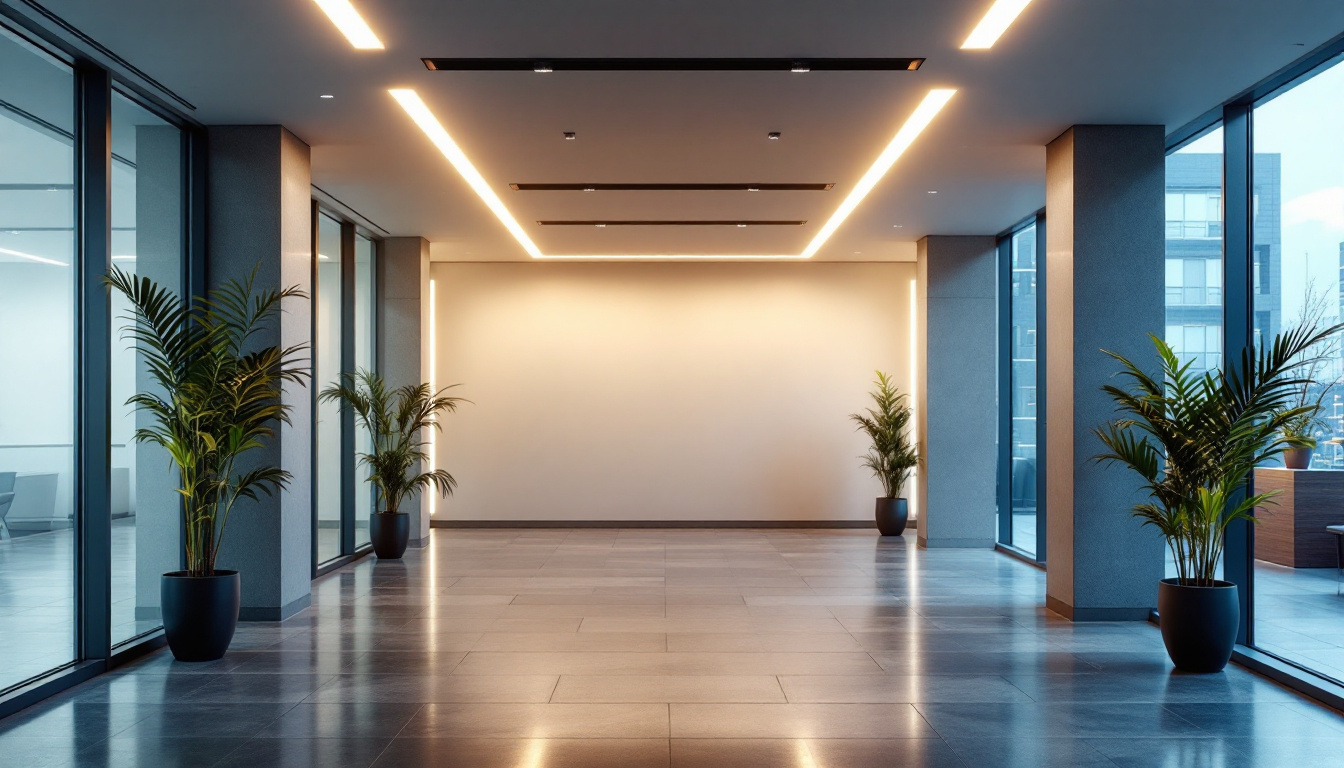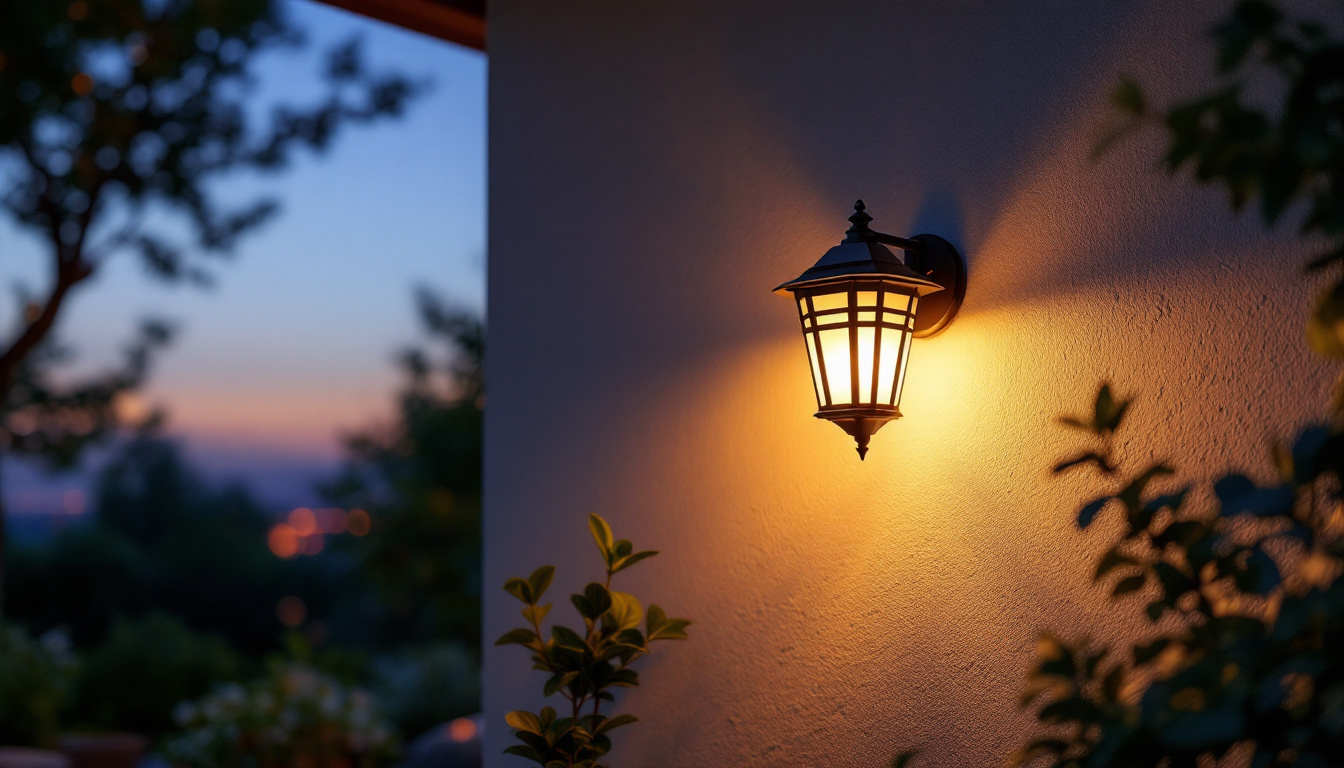
Fluorescent light bulbs have long been a staple in the lighting industry, offering energy efficiency and versatility for various applications. For lighting contractors, understanding the intricacies of fluorescent lighting is crucial for delivering optimal solutions to clients. This guide will explore the essential aspects of fluorescent light bulbs, including their types, benefits, installation tips, and maintenance practices.
Fluorescent light bulbs operate on a different principle than traditional incandescent bulbs. They utilize a gas-filled tube and a phosphor coating to produce light. When electricity flows through the gas, it emits ultraviolet light, which then excites the phosphor coating, resulting in visible light. This process is what makes fluorescent bulbs more energy-efficient compared to their incandescent counterparts. Unlike incandescent bulbs, which convert only about 10% of the energy they consume into visible light, fluorescent bulbs can convert up to 35% of their energy into light, making them a more sustainable choice for lighting.
Fluorescent bulbs come in various shapes, sizes, and configurations, each designed for specific applications. The most common types include:
In addition to these, there are also high-output fluorescent bulbs that provide brighter illumination for specialized tasks, such as in photography or art studios. Another variant is the circline fluorescent bulb, which is shaped like a circle and is often used in ceiling fixtures to provide even light distribution in larger areas. Understanding the specific application and environment can help in choosing the right type of fluorescent bulb for optimal performance.
Fluorescent lighting offers numerous advantages that make it an attractive option for contractors and clients alike:
Moreover, fluorescent lighting is known for its ability to produce a high lumen output, which is essential in environments where visibility is crucial, such as warehouses or hospitals. The ability to dim fluorescent lights also adds to their versatility, allowing for adjustable brightness levels to suit different tasks or moods. Additionally, advancements in technology have led to the development of electronic ballasts that improve the performance of fluorescent bulbs, reducing flicker and noise while enhancing energy savings even further.
Proper installation of fluorescent light bulbs is essential for ensuring optimal performance and longevity. Lighting contractors should be aware of several key factors during the installation process.
Before selecting a fluorescent bulb, it is crucial to ensure compatibility with existing fixtures. Different types of fluorescent bulbs require specific ballasts to regulate the electrical current. Using the wrong ballast can lead to flickering, reduced efficiency, or even damage to the bulb. Additionally, it is important to consider the type of fluorescent bulb being used, such as T8 or T5, as each type has unique specifications that may affect performance. Contractors should also check the manufacturer’s recommendations, as they often provide guidelines on the best combinations of bulbs and ballasts for optimal functionality.
When installing fluorescent lighting, adherence to electrical safety standards is paramount. Contractors should ensure that all wiring is up to code and that proper grounding is in place. Additionally, it is advisable to turn off power to the circuit before beginning any installation work to prevent electrical shock. Furthermore, using appropriate personal protective equipment (PPE) such as gloves and safety glasses can add an extra layer of safety during the installation process. It is also wise to conduct a thorough inspection of the wiring and connections before powering the system back on, as this can help identify any potential issues that could lead to malfunctions or hazards.
The placement and spacing of fluorescent fixtures can significantly impact the quality of light in a space. For optimal illumination, fixtures should be evenly spaced and positioned to minimize shadows. In commercial settings, a lighting layout plan can help achieve the desired brightness and ambiance. Factors such as ceiling height, room dimensions, and the intended use of the space should all be taken into account when designing the layout. For instance, areas requiring higher visibility, like workstations or retail displays, may benefit from closer fixture spacing, while larger areas like warehouses may need wider spacing to ensure even light distribution. Additionally, incorporating dimmable ballasts can provide flexibility in adjusting light levels according to the time of day or specific tasks, enhancing both energy efficiency and user comfort.
Regular maintenance of fluorescent lighting systems is essential for ensuring their efficiency and longevity. Contractors should be prepared to troubleshoot common issues that may arise.
Dust and dirt can accumulate on fluorescent bulbs and fixtures, reducing light output and efficiency. Regular cleaning of fixtures and bulbs can help maintain optimal performance. Use a soft, dry cloth to gently wipe down the surfaces, ensuring that the bulbs are turned off and cool to the touch before cleaning.
Flickering or dimming lights can indicate several issues, including faulty ballasts, poor connections, or aging bulbs. Contractors should systematically check each component to identify the root cause. Replacing the bulb or ballast may resolve the issue, but in some cases, further investigation into the wiring may be necessary.
Fluorescent bulbs contain small amounts of mercury, making proper disposal crucial. Contractors should educate clients about local regulations regarding the disposal of fluorescent bulbs and encourage recycling programs. Many communities offer designated drop-off locations for hazardous waste, including fluorescent bulbs.
As energy efficiency becomes increasingly important in the lighting industry, fluorescent bulbs stand out for their ability to reduce energy consumption. Understanding the environmental impact of lighting choices is vital for contractors looking to promote sustainable practices.
Many fluorescent bulbs are Energy Star certified, indicating that they meet strict energy efficiency guidelines set by the Environmental Protection Agency. Using Energy Star-rated products can help contractors and clients reduce their carbon footprint and contribute to a more sustainable future.
While fluorescent lighting is energy-efficient, it is essential to compare it with other lighting technologies, such as LED and incandescent. LEDs, for instance, offer even greater energy savings and longer lifespans. However, the initial cost of LED fixtures may be higher. Contractors should weigh the pros and cons of each option based on the specific needs of their clients.
Fluorescent lighting is versatile and can be used in various applications, from commercial spaces to residential homes. Understanding the specific needs of each setting can help contractors make informed recommendations.
In commercial environments such as offices, retail stores, and warehouses, fluorescent lighting is often the go-to choice due to its energy efficiency and cost-effectiveness. Properly designed lighting layouts can enhance productivity and create a pleasant shopping experience for customers.
Fluorescent bulbs are also suitable for residential use, particularly in kitchens, garages, and basements. Contractors should consider recommending compact fluorescent lamps (CFLs) as replacements for incandescent bulbs in standard fixtures, providing homeowners with energy savings without sacrificing light quality.
In industrial settings, durability and brightness are paramount. High-output fluorescent fixtures are commonly used in manufacturing plants and warehouses to provide ample illumination for safety and productivity. Contractors should be familiar with the specific requirements of industrial lighting to ensure compliance with safety regulations.
As technology continues to evolve, the future of fluorescent lighting is subject to change. While LEDs are rapidly gaining popularity, fluorescent bulbs still hold a significant place in the market.
Innovations in fluorescent lighting technology are ongoing, with manufacturers continuously working to improve efficiency and performance. Newer models may offer enhanced color rendering, reduced flicker, and improved ballast designs, making them more appealing to contractors and clients alike.
Despite the rise of LED technology, fluorescent bulbs remain a cost-effective option for many applications. Contractors should stay informed about market trends and client preferences to provide the best recommendations. Understanding the balance between initial costs and long-term savings will be crucial in guiding clients toward the right lighting solutions.
Fluorescent light bulbs continue to be a vital component of the lighting industry, providing energy-efficient solutions for a wide range of applications. For lighting contractors, a thorough understanding of fluorescent lighting—its types, benefits, installation, and maintenance—is essential for delivering exceptional service to clients.
As the industry evolves, staying informed about advancements and trends will empower contractors to make the best choices for their projects. By embracing the strengths of fluorescent lighting while also considering emerging technologies, contractors can ensure that they meet the diverse needs of their clients while promoting sustainability and efficiency.
Ready to elevate your lighting projects with the most energy-efficient solutions? At LumenWholesale, we provide lighting contractors like you with the highest quality, spec-grade fluorescent light bulbs and more, all at unbeatable wholesale prices. Say goodbye to local distributor markups and hello to our extensive selection that meets rigorous industry standards. With free shipping on bulk orders, you can trust that you’re getting premium lighting at the best value — no hidden fees, no compromises. Make the smart choice for your lighting needs and experience the best in wholesale lighting with LumenWholesale.

Discover the ultimate guide to mastering high bay lighting layouts with our comprehensive tool designed specifically for lighting contractors.

Discover innovative strategies to future-proof your lighting projects with cutting-edge security features.

Discover how wall mount solar lanterns can revolutionize your lighting installation projects with eco-friendly efficiency and stylish design.

Discover why solar lights lamp posts are becoming an essential tool for lighting contractors.